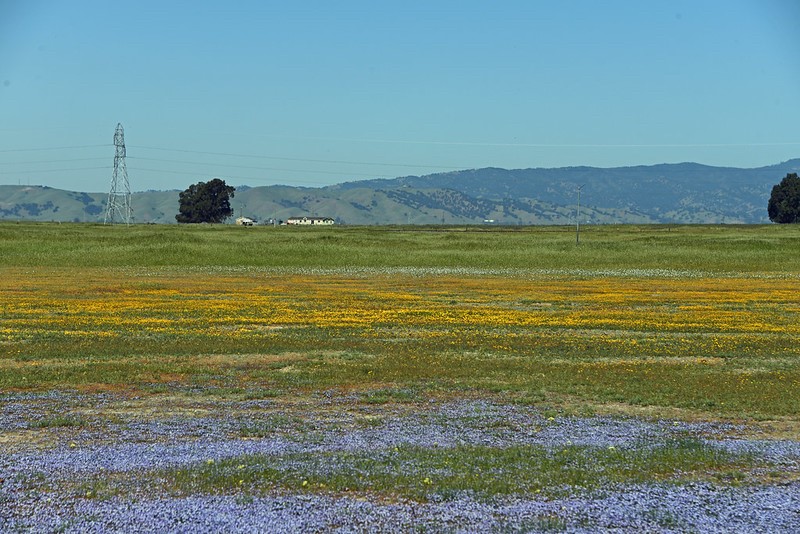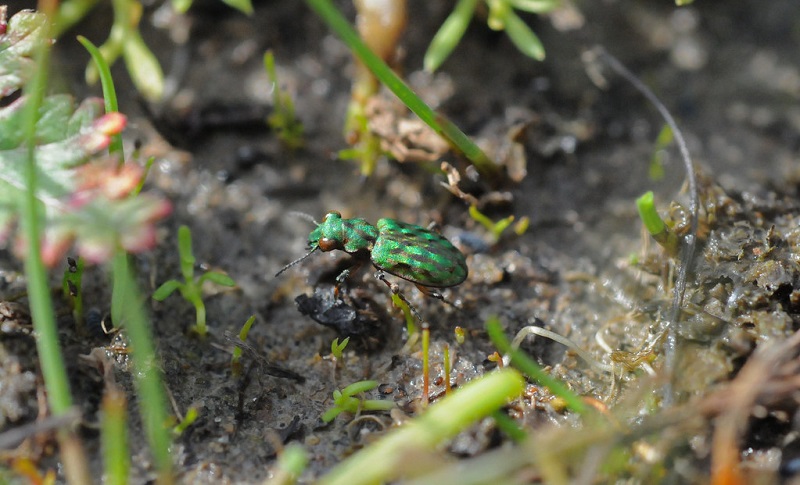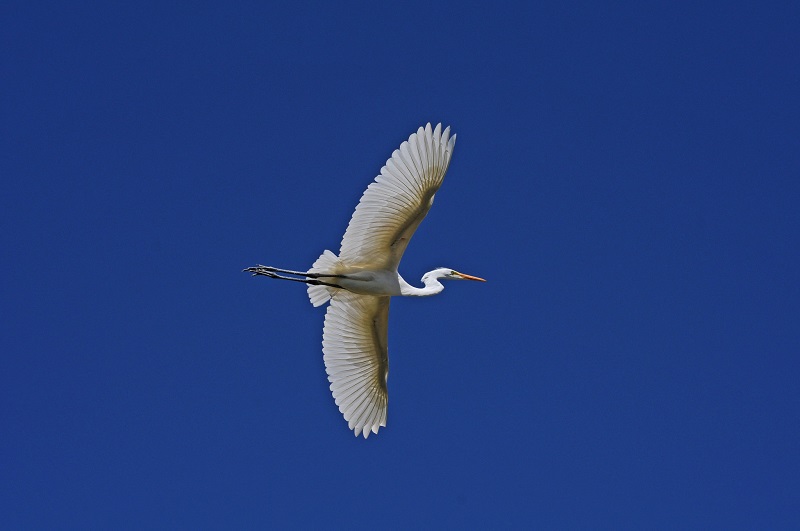Douglas contributed a great photo for the upcoming second edition of the Atlas of the Biodiversity of California. We wanted to find out more about his connection to nature photography.

Your CalPhotos bio mentions that you are a volunteer and photographer with the Solano Land Trust. Can you tell us a little bit more about the work you do for them?
Since joining the Solano Land Trust as a volunteer I’ve hiked and photographed roughly 12,000 acres of nature preserves. I’m also certified as a docent and lead tours at Jepson Prairie Preserve.
Your wildlife and plant photos are incredible! How did you learn this skill, and come into this line of work?
I purchased my first digital camera after retirement as we planned a trip to Arizona for spring training. While in Scottsdale I began photographing the Sonoran Desert flora. When we returned home I researched and began photographing the Jepson Prairie Preserve, 1566 acres of remnant vernal pool habitat. From the first visit I found the diminutive yet colorful flora a fascinating subject.
After a spring hiking season, shooting only in the public area and remaining on the trail, I approached the land trust with an interest in accessing the complete preserve. Once they met me and saw prints of my photos, they granted access with two provisos. The first was to attend docent training instruction and the second was a request to photograph all their preserves, to which I immediately agreed.
Do you have any favorite plants or animals you’ve encountered in your explorations?
The most common species of vernal pool flora, and my favorite, are the Downingia. There are 19 rare flora and invertebrates at Jepson Prairie. The most significant of these is the Delta green ground beetle (Elaphrus viridis) which was first observed in 1878. After ‘disappearing’ it was presumed extinct but was rediscovered in 1974 by a UC Davis student.

What is your most indispensable tool or piece of gear when taking photos out in the field?
My camera backpack weighs about 16 pounds with just about anything I need. If I had to choose, it would actually be two items: a decent-quality, digital SLR camera body; and a good-quality lens. There are a lot of specialty lenses, some quite expensive, but you can take some remarkable pictures with practically any lens. One of the best bird photos I’ll likely ever record was taken with a 60 mm macro lens when the subject was close at hand, but a more appropriate lens was 100 feet away.
Can you give any words of advice or encouragement to aspiring nature photographers?
Becoming a photographer requires a camera and the operator. Most every photographer begins with an inexpensive camera and a desire to take great pictures. Don’t expect to be an expert when you begin. My best advice would be to start shooting a lot of photos. If you see something you find interesting take more than a single photo. The beauty of digital photography is that you can see your shot instantly, adjust, and retake until you get your settings right.

Want to practice your photo skills? Submit your sightings of rare plants and animals on our Online Field Survey Form. Your photos could be featured as our next Photo of the Month!